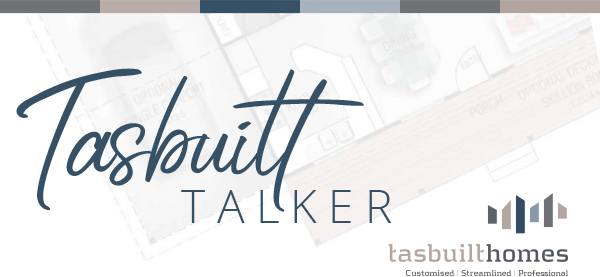Receive your free commercial brochure Request Now
Why Modular Healthcare Facilities Are Becoming a Preferred Option
Healthcare is a fast paced, growing and constantly evolving sector in today’s world – that’s why modular is perfect for its construction!

Modular and prefab construction in the commercial building sector is in the middle of a HUGE multi-year boom and it isn’t showing signs of slowing down. The healthcare industry is jumping on board and is projected to be the fastest-growing, end-use sector in the modular construction market from 2020 to 2025 (Marketsandmarkets.com, July 2020, report BC6498).
Modular construction is increasingly popular for its design flexibility, speed of completion, on-site safety, and noise and waste minimisation.
The healthcare industry is a broad sector and modular buildings are being widely utilised within it to create satellite and urgent care clinics, laboratories, physician's offices, diagnostic centres and aged care facilities just to name a few. This level of rapid growth means traditional construction methods can’t keep up with the demand and so the healthcare industry is calling for a quicker and more efficient construction solutions. The one thing that all healthcare areas have in common is they need clean, high-quality, cost-effective buildings to facilitate their daily operations.
Modular structures are fully constructed off-site, craned into place and bolted into the ground using steel footings. By constructing off-site, most of the disruption, noise and debris that results from traditional construction is eliminated. This is particularly important for the healthcare industry, where sanitation and comfort are crucial to all facets of the industry.
Modular buildings can be used as standalone clinics at remote sites, either as a temporary solution or for long term purposes. Examples include school campuses, retirement homes, or even natural disaster locations. These buildings can be used while renovations of existing facilities are taking place and can be used for short-term purposes or kept for long periods of time, depending on the need of the client.
Modular healthcare buildings can also be constructed for permanent needs. They can be custom designed to match the aesthetics of an existing clinic and paired seamlessly with the structure. Once completed, you cannot tell the difference between a permanent modular building and a traditional one.
Modular healthcare buildings can be repurposed for different needs, making them a recyclable and more sustainable option. With an easy disassembly, relocation for a new purpose is straight forward and cost effective. They can be transported easily to another site or sold and moved to other facilities if they are no longer required. If more space is needed, they are expandable in size by adding other modules or disassembling into smaller wards or clinics as demand and requirements change.
The sky is the limit when it comes to modular construction. A few visionary organisations are now developing modular/prefabricated prototypes that streamline the planning process—from entire ambulatory facilities to individual components within larger, more complex acute care hospitals.
Modular building is an ideal and cost-effective long-term solution for healthcare spaces where fast and continuous changes in requirements are commonplace.


